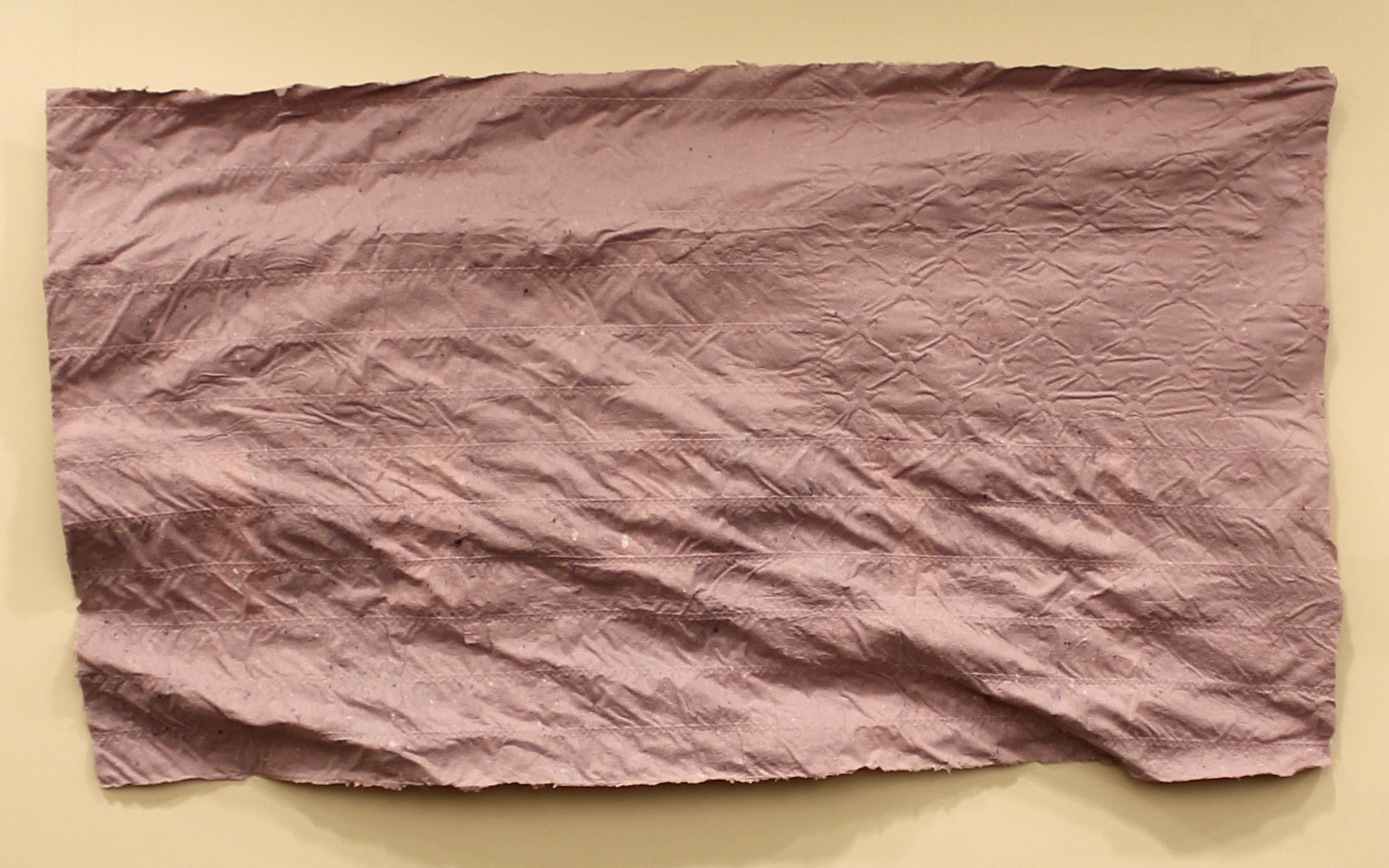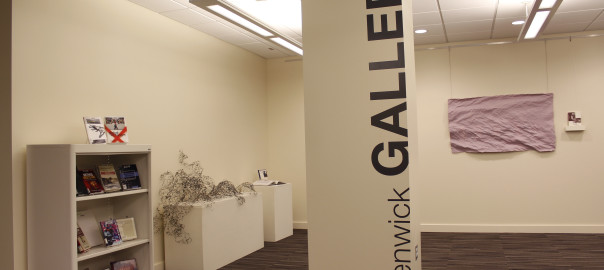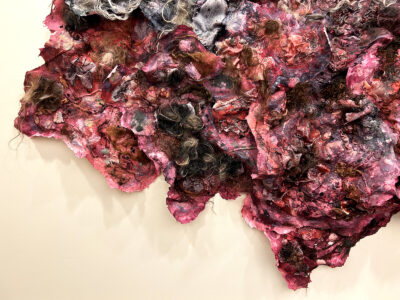Creative practice is driven by input or research, even though it is defined by the resulting output or product. A collapse of these categories facilitates new methods of creating and provides alternative routes for the acquisition of knowledge. Verbal/Visual 2016 presents all aspects of the creative process as one. Research and artwork by four MFA students graduating from Mason’s School of Art in Spring 2016 are on view as correspondent parts of a whole.
Artists in the exhibit explore the boundaries of a variety of disciplines, searching for places these boundaries can be pushed and repositioned. They combine traditional methods of research with lived experiences as both research and art practice. These collected experiences and information serve simultaneously as their creative practice and to inspire other manifestations of their work. The result is a curated collection of the knowledge of others, the artists’ embodied knowledge and the visual resources they produce that can be read and experienced as texts in their own right.

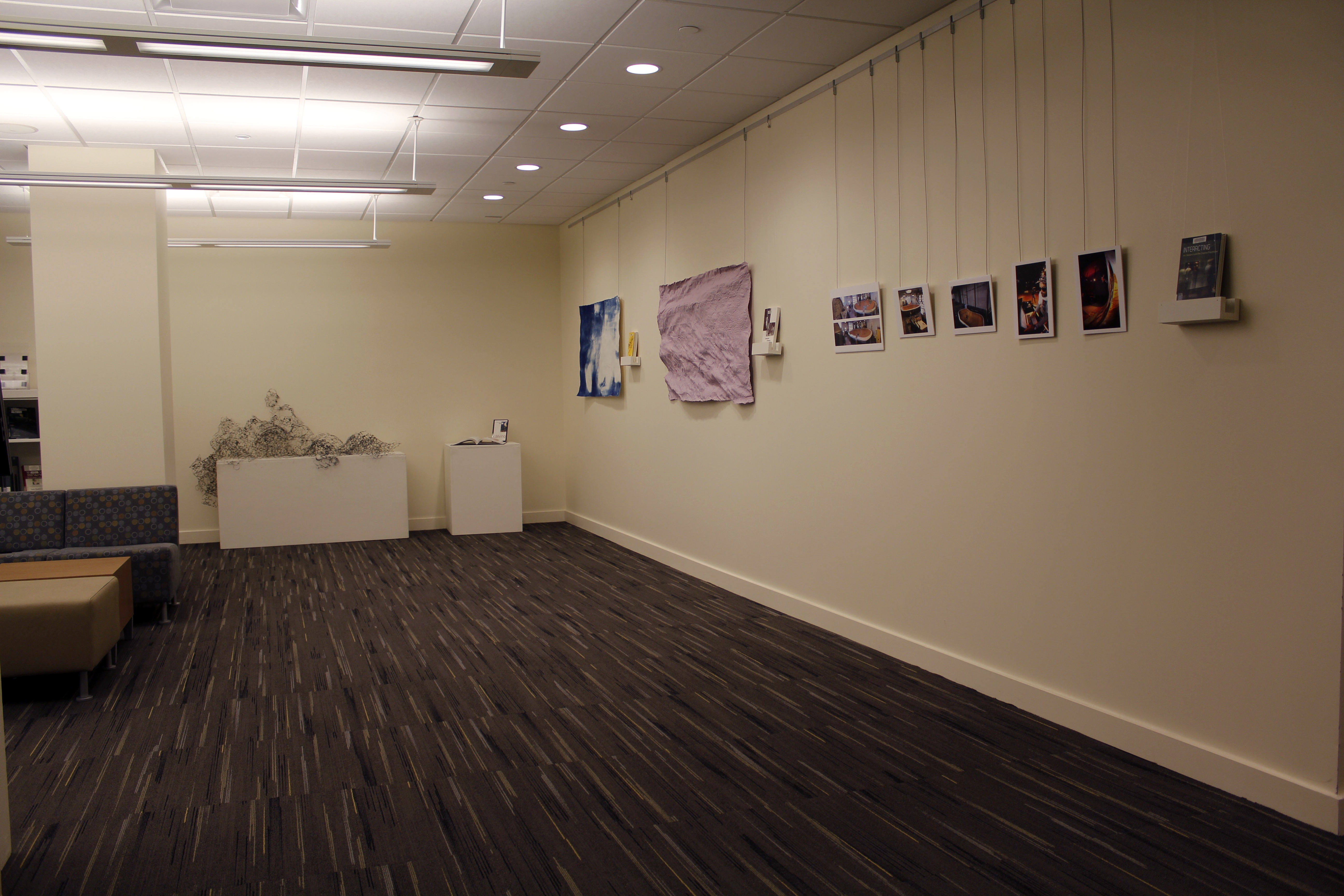
Ben Ashworth
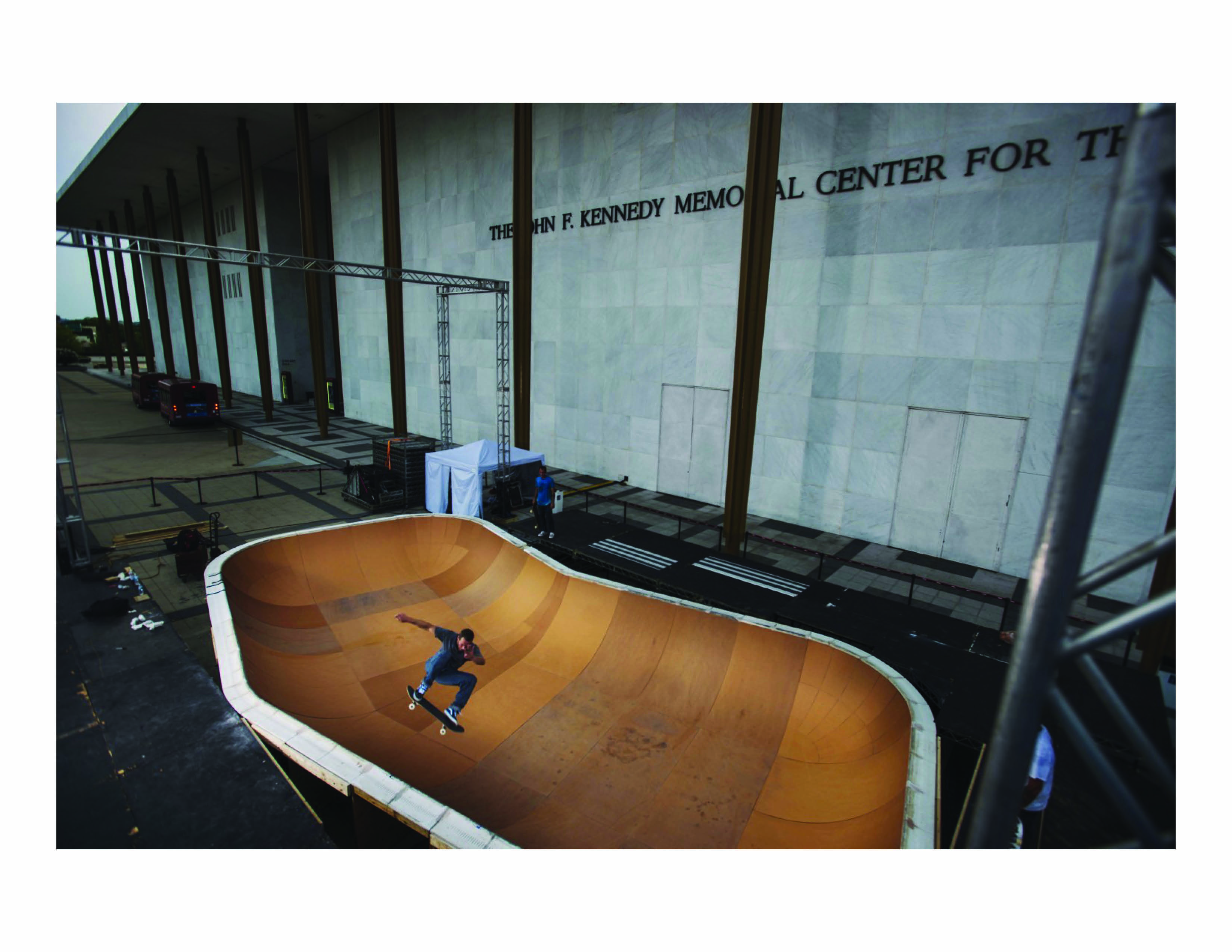


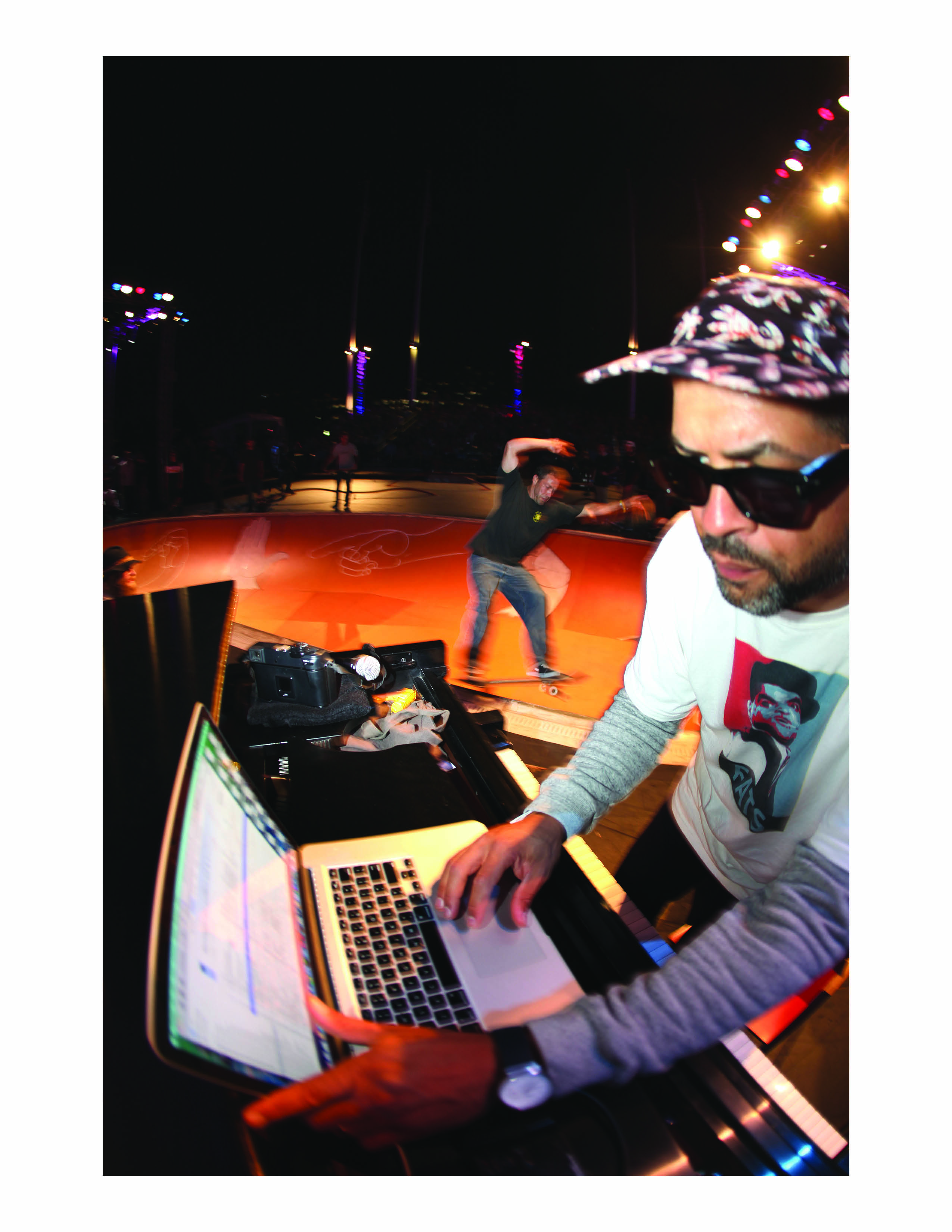
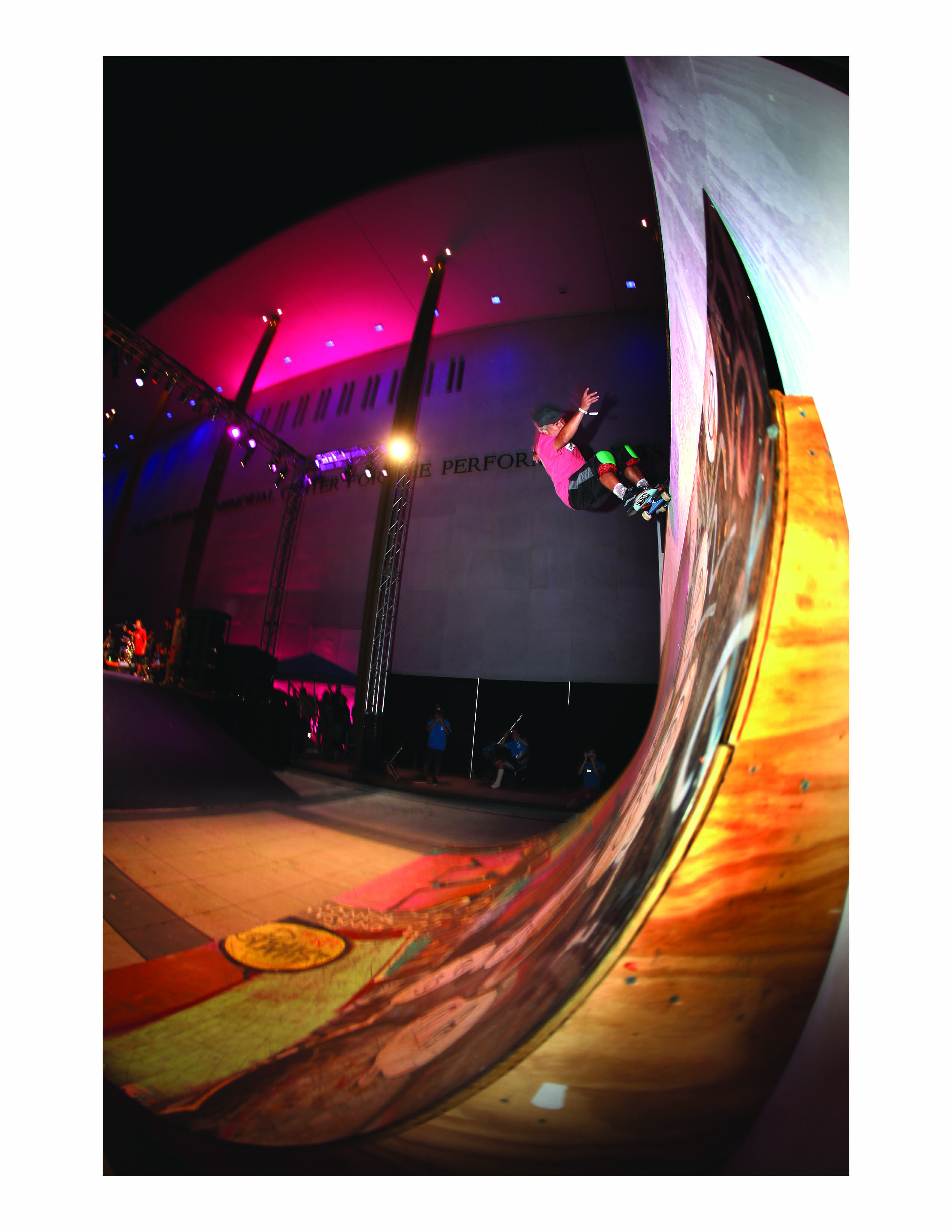
We are all moving through physical space together and making up our lives as we go. Skateboarding visually represents this idea—because it allows us to witness an individual flowing through cities, streets, and pools and reacting to them in an improvisational manner. It is this creative process of finding a line that lies at the heart of what I do.
Beyond the path of the individual, as he or she finds a line, I am interested in the way different artists influence and affect each other as they seek their own path. If we create a space where a community of many different disciplines can converge, we can all bring new ideas into form together. This becomes even more interesting when the general community surrounding the space is invited to participate. This collective of artists and community working, interacting, and improvising together creates a powerful creative environment where we all evolve.
-Ben Ashworth
Sarah Zuckerman Dolan
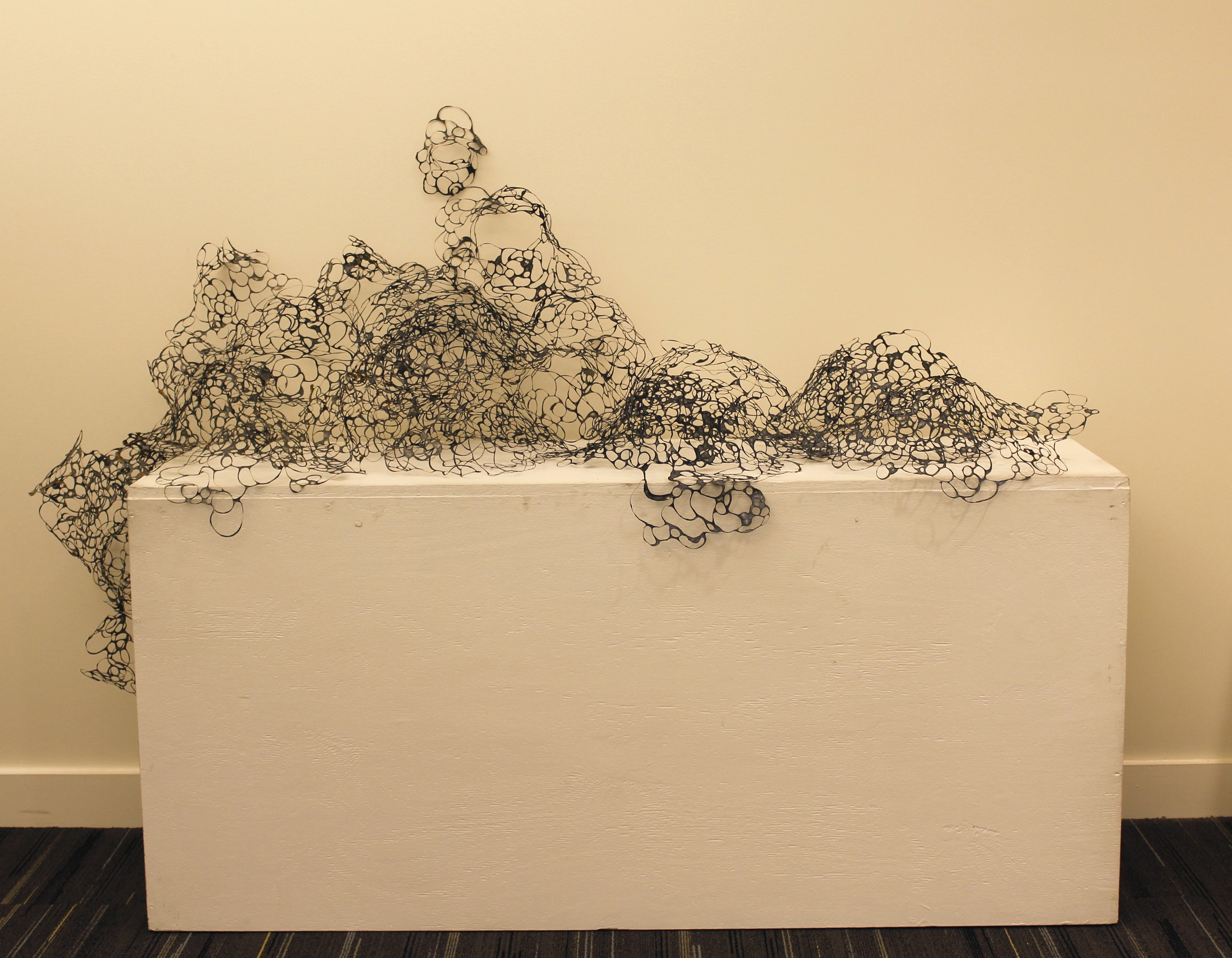
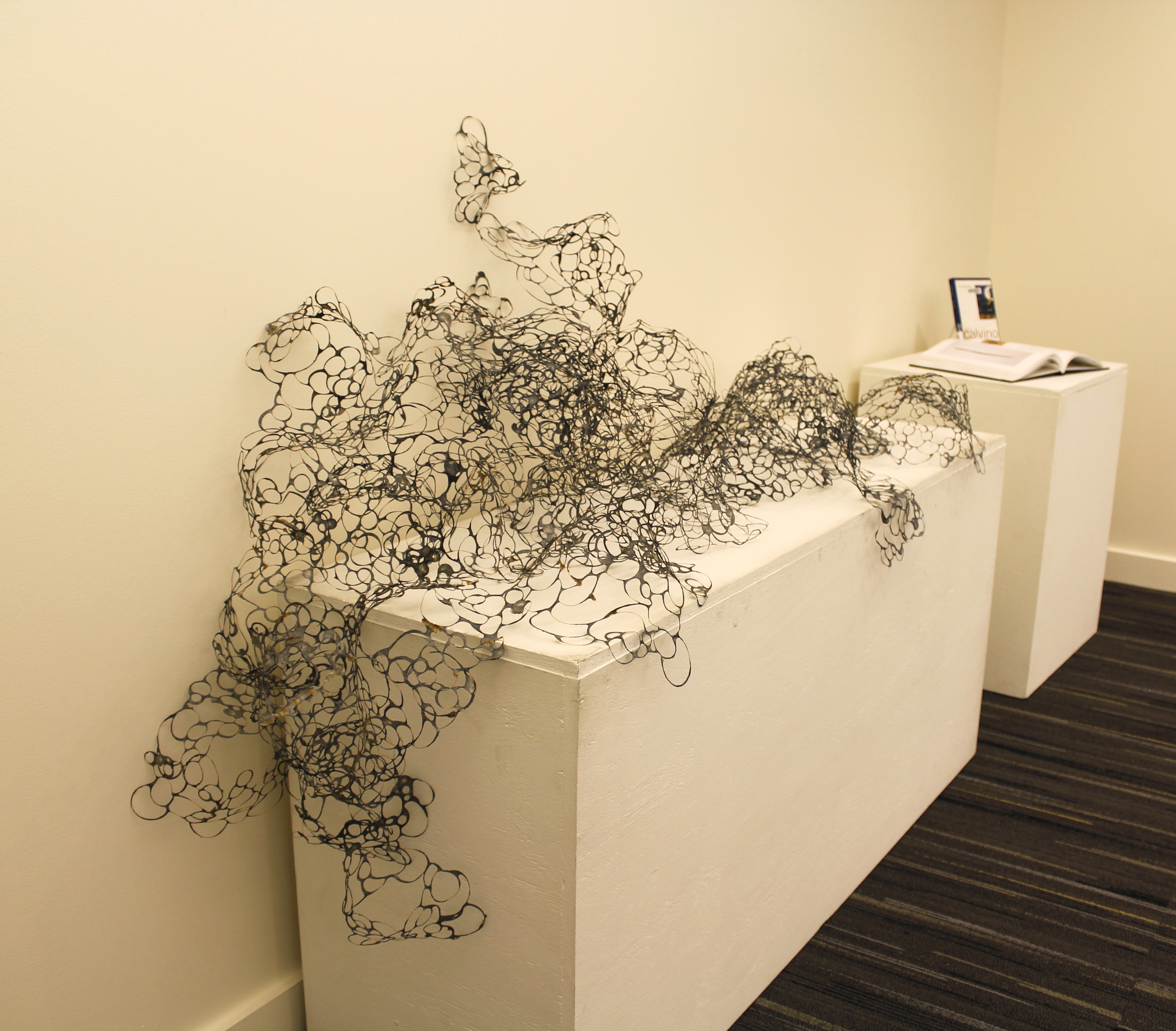
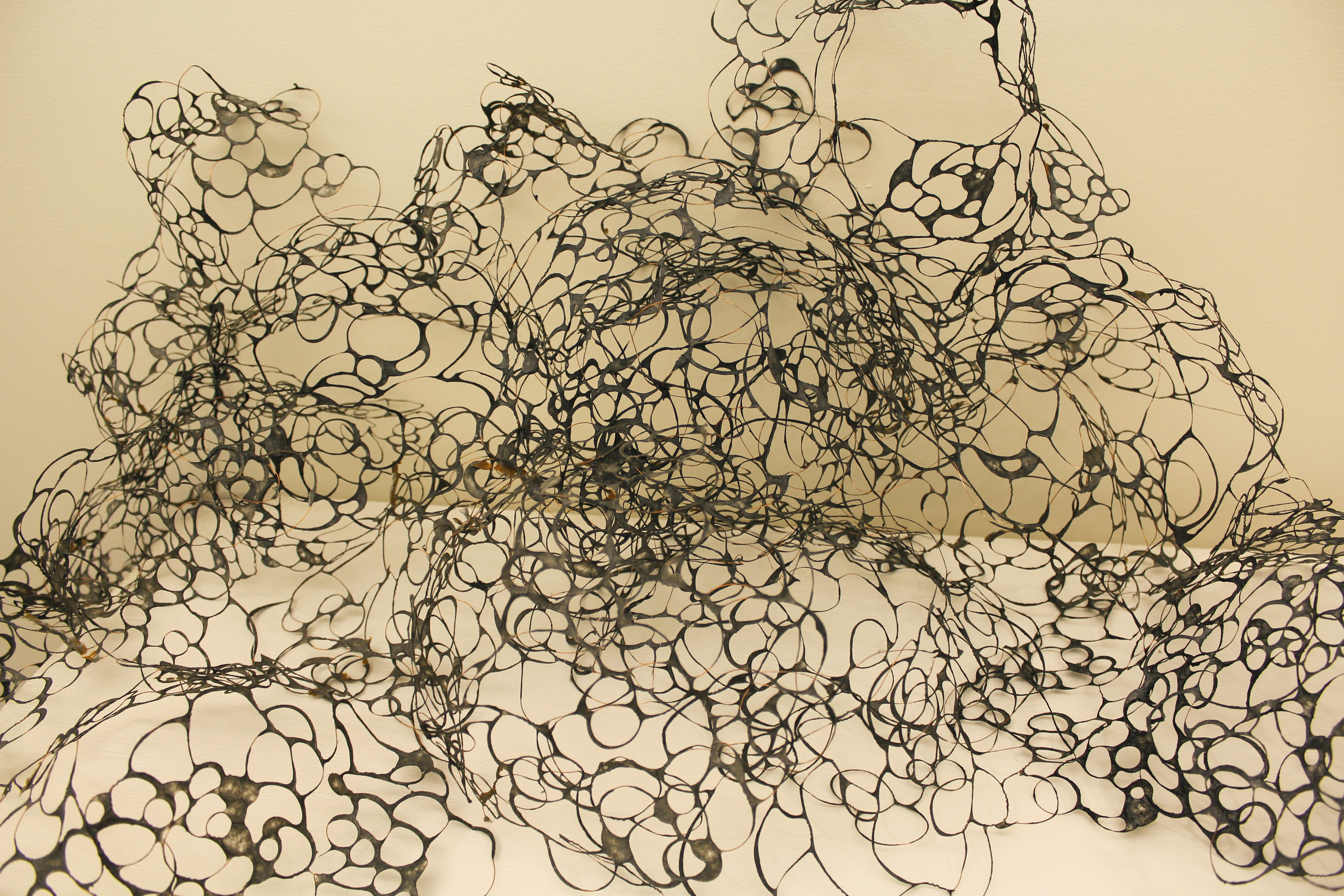
The word fathom is derived from a word meaning “to embrace.” This comes from the movement that created the measurement. One would bring their arms together, as if to embrace someone who is not there and them pull them back apart to measure the length of a fathom. Thinking about the measurement in this way then changes it from something that measures a depth or a distance to something that measures the embrace of something that is not there, a reach around the invisible and to the invisible.
These works are part of a larger installation titled “Ritual of Tides”. These pieces indicate something that may be found beyond the sixth fathom, where everything is lost. They are things that are gone, covered in time by the mysteries that reside in the depths of the ocean. They are at the same time visible and invisible, beautiful and haunting. These create a place where the lost grew out of or decay back into, or both.
-Sarah Zuckerman Dolan
Sarah Irvin
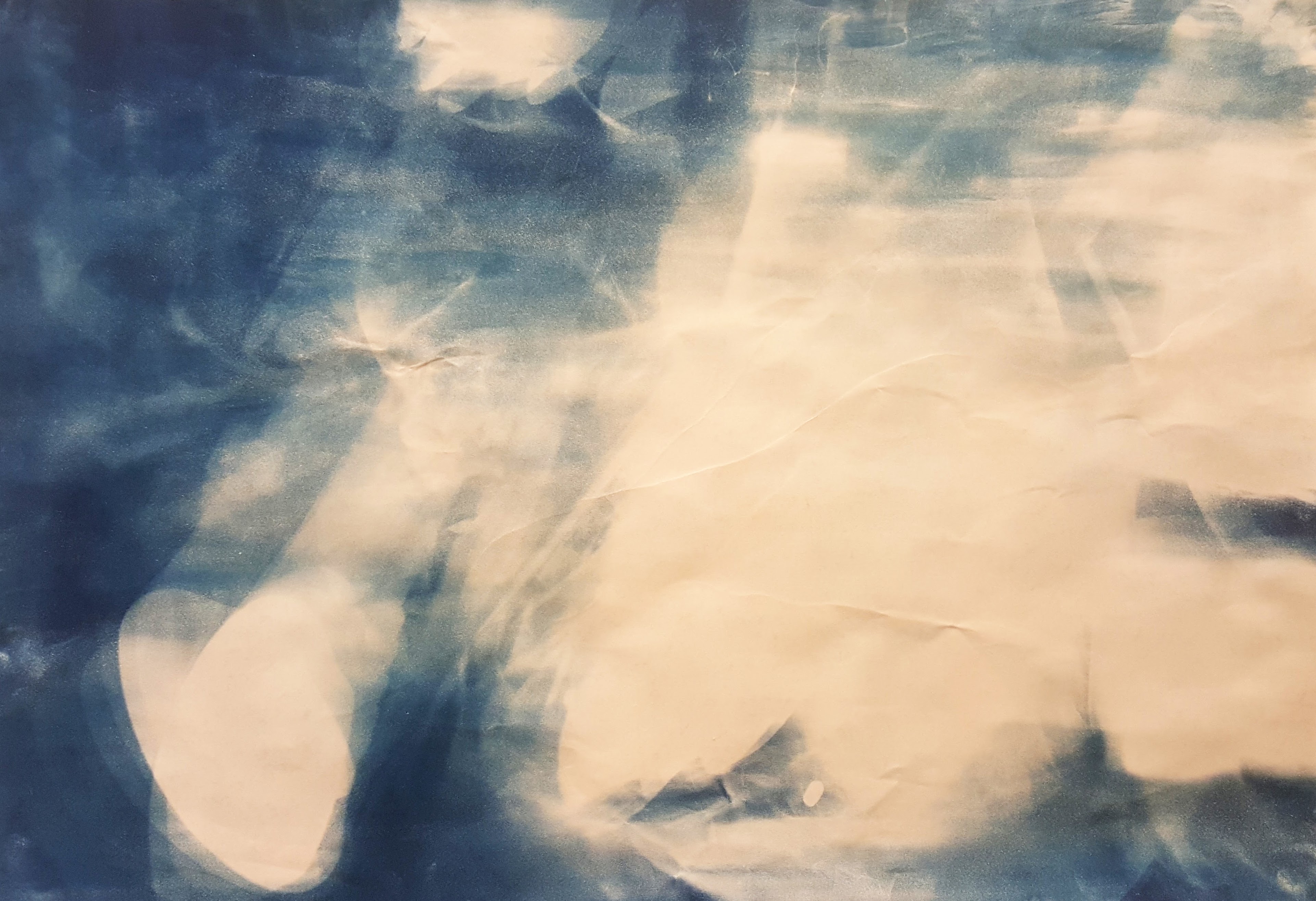
To make the work in this series, I coated large sheets of paper with cyanotype chemicals and placed them in the sun for 10-15 minute exposures. I then attempted to convince my one-year-old daughter to stay with me on the surface of the paper for the length of the exposure. The white areas of the paper were created where our bodies and the toys I used to entertain her blocked out the UV rays. The blue areas are where the chemicals were exposed to the sun. These works are a record of negotiation within a parent/child relationship. Making the works causes me to consider and reconsider the boundaries, rules and requirements I place on my daughter.
– Sarah Irvin
Patrick Sargeant
